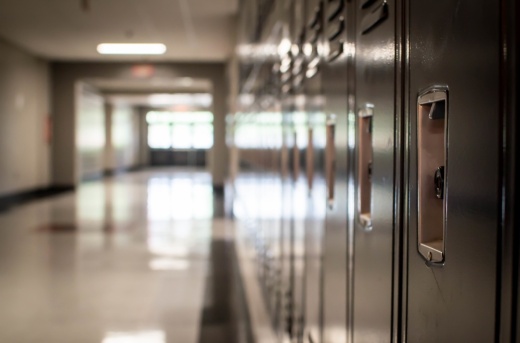In July, the Texas comptroller reported record-high revenue growth for the state in recent months, resulting in a projected $26.95 billion surplus by the close of fiscal year 2022-23. This amount is nearly $15 billion more than the previous estimated surplus.
CCISD Chief Financial Officer Alice Benzaia said she hopes the state will prioritize assisting school districts with rising expenditures. The next Texas legislative session begins Jan. 10, 2023.
“As they enter into the next legislative session, we’ll be watching closely at what their commitments are,” she said.
In 2008, about 50% of school district funding in Texas came from the state, according to CCISD Board President Jay Cunningham. Financial crises during this period led to the state reducing the amount of funds it provides to districts to about 27% for CCISD, he said.
The district’s main source of funding is property taxes. State guidelines feature limits to how much funding the district can receive from a rise in property values. Any 2.5% increase in property values results in a reduction of the CCISD tax rate, Benzaia said.
The state funds districts based on attendance numbers and students’ average daily attendance, or ADA. Both were affected by the COVID-19 pandemic, when fewer students attended and sick students were encouraged to stay home.
The state provides CCISD $6,160 per student based on the ADA. The rate was set at $6,160 in 2019, and despite rising inflation and salary rates, the number has not changed since, Benzaia said.
Student enrollment in the 2019-20 school year was 42,388, and the projected enrollment for 2022-23 is 40,852, a 3.62% decrease overall. Benzaia said the ADA in a prepandemic school year was about 96%, and in the 2020-21 school year it reached 92.9%.
Benzaia said each ADA percentage point increase would boost state funding by $3.3 million per year.
The state and federal governments launched the Elementary and Secondary School Emergency Relief program in response to a decrease in enrollment caused by the pandemic.
The allocation of these ESSER funds is based on a district’s economically at-risk population numbers, generating $36.5 million for CCISD. Benzaia said the ESSER funds are not limited to use for the at-risk population.
ESSER fund support is set to expire in 2025. To make up for the loss in funds, the ADA has to return to pre-COVID-19 levels, Cunningham said. The district adjusted forecasts for student attendance based on the drop caused by COVID-19, which caused projected shortfalls for the 2023-24 and 2024-25 school years of $6.8 million and $25.2 million, respectively.
“Hopefully projections will change if we see an influx of students,” Benzaia said.
To combat shortfalls, the district is taking a hard look at expenditures, Benzaia said. About 89% of the annual budget is dedicated to salaries, and some of the remaining 11% is fixed costs, such as utilities, according to a June 27 presentation from Benzaia.
Staff layoffs were made in February after a slight surplus of teaching faculty was observed due to the district having fewer enrolled students than projected, which will save the district about $4.8 million. Other options for generating funds include some unused real estate and land the district could sell, Cunningham said.
Cunningham said the district has already faced staffing shortage problems since the state budget cuts in 2008 and 2012. As maintenance, custodial and administrative staff have retired and moved jobs, the positions have not been able to be properly filled.
This has forced the district to do less with more, causing some maintenance and custodial staff to work in more than one school to cover necessary roles. Cunningham said administrative officials often wear many hats to fill roles.
“I feel confident that we’re gonna get through this,” Cunningham said. “Obviously, there’s gonna be some pain involved. ... It’d be nice to get some help and some relief from the state.”





